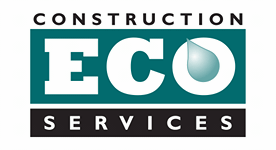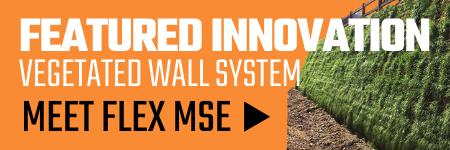Stabilization Failures: They are costing you more than you think…
WHY IS FINAL STABILIZATION IMPORTANT?
- Prevents regulatory enforcement problems associated with sediment leaving the site/pond during construction
- Prevents project closeout delays and long-term problems for the project Owner
Delay/rejection of Owner’s SWQ permit approval at closeout - Prevents loss of significant money invested in pond excavation work and if not done properly, in failed stabilization attempts
WHAT THE REGULATIONS SAY
According to the Texas General Permit, Final Stabilization is achieved when, “All soil disturbing activities at the site have been completed and a uniform (that is, evenly distributed, without large bare areas) perennial vegetative cover with a density of at least 70% of the native background vegetative cover for the area has been established on all unpaved areas and areas not covered by permanent structures, or equivalent permanent stabilization measures (such as the use of riprap, gabions, or geotextiles) have been employed.” See the full text of the Texas General Permit in your site SWPPP binder or at: www.tceq.state.tx.us
Final Stabilization is required to:
- Terminate SWPPP compliance activities, including inspections (even if work continues on building interior
- Receive required SWQ permit signoff by City or County if a pond is part of the project (Owner needs this to occupy premises)
SOLUTIONS
Particularly for ponds, stabilization should be addressed immediately after excavation. Take simple, NO COST steps: Track slopes to slow water flow downhill (dozer finishes by running up and down slope) If cut slopes are unlikely to support vegetation (slick clay cut or sugar sand, for example), reserve and spread topsoil strippings over slopes to be vegetated, to greatly improve vegetation during dry periods.
Choose vegetative stabilization techniques wisely:
- Standard Hydromulch seeding is good for flat ground, but almost always fails on slopes
- For slopes (ponds, berms, channels) – new technology FGM (Flexible Growth Medium, trade name Flexterra) products far surpass
Costs are in line with old style Erosion Control Blankets (ECB) installed over Hydromulch - For channels – ‘Green Armor’ is preferable to ‘hard’ armoring when armoring is required, providing lower costs, and concrete-like characteristics with the benefits of grass-vegetated slopes (water quality, improved esthetics)












